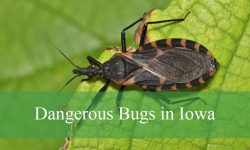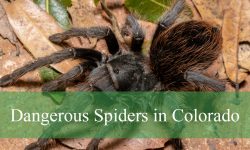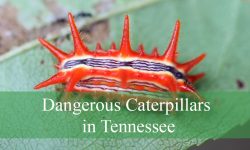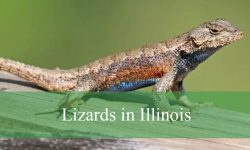Grouse are fascinating birds that have adapted perfectly to Maine’s extensive forests and cold climate. For anyone interested in birdwatching or wildlife in this northeastern state, understanding the different types of grouse can enhance your experience immensely.
Maine is home to three primary species of grouse: the Ruffed Grouse, the Spruce Grouse, and the Willow Ptarmigan. Each of these birds has unique physical features, behaviors, and habitat preferences that make them special residents of Maine’s wild landscapes.
Introduction to Grouse in Maine
When I first ventured into Maine’s forests, the elusive sound of the Ruffed Grouse’s distinctive drumming instantly caught my attention. This sound echoes through the woods in early spring, signaling the arrival of mating season and the awakening of life in the forest. Maine’s grouse species are not just important for their ecological roles but are also cherished game birds, attracting hunters and naturalists alike.
Unlike many other birds, grouse exhibit a range of fascinating behaviors and physical adaptations suited to Maine’s often harsh winters and dense woodlands. This article will take you on a journey through the characteristics, identification tips, behaviors, habitats, and breeding habits of the three types of grouse in Maine, helping you spot and appreciate these remarkable birds.
Ruffed Grouse (Bonasa umbellus)

Physical Characteristics and Identification
The Ruffed Grouse is arguably the most recognizable grouse species in Maine. It is a medium-sized bird, measuring roughly 16 to 19 inches in length with a wingspan of about 24 to 26 inches. The bird’s most distinctive feature is its “ruff” — a fan-shaped cluster of feathers around its neck, which males puff up during courtship displays. Its plumage is mottled brown, gray, and black, perfectly camouflaging it against the forest floor and leaf litter.
One of the best ways to identify a Ruffed Grouse is through its tail fan, which has a broad, dark band near the tip and a somewhat squared shape. Their coloration can vary slightly based on the forest habitat; for example, birds in darker woods may appear more grayish, while those in lighter woods tend to have warmer brown tones.
Behavior and Habits
The Ruffed Grouse is famous for its drumming display, which is neither a vocal sound nor a typical bird call but produced by rapid wing beats. Males create this rhythmic thumping to establish territories and attract females during the breeding season, which generally starts in early spring. This drumming can often be heard resonating through the dense forests of Maine, especially in the quieter mornings and evenings.
These birds are primarily ground dwellers, preferring to run rather than fly when threatened. Their flight is quick but short-lived, often resulting in a surprising burst of speed that can startle hikers and hunters. Ruffed Grouse feed on a diverse diet, including buds, leaves, fruits, and insects. In winter, they rely heavily on buds and twigs from trees like aspen and birch.
Habitat and Range in Maine
Ruffed Grouse thrive in mixed deciduous and coniferous forests, especially areas with dense understory vegetation, young trees, and brushy thickets. Maine’s extensive forests provide ideal habitat, making this species widespread throughout the state. They prefer early successional forests, which often occur after disturbances like logging or natural fires, offering abundant cover and food sources.
Reproduction and Lifecycle
During mating season, males perform elaborate drumming displays and strut around to court females. After pairing, the female builds a shallow nest on the ground, often concealed under dense vegetation. She incubates a clutch of about 8 to 14 eggs for nearly a month. The chicks are precocial, meaning they are mobile and able to feed shortly after hatching. This early independence is critical for survival in Maine’s forest environment.
Fun Fact
A fascinating fact about the Ruffed Grouse is its ability to produce a low, pulsing drumming sound without vocal cords. This display is so iconic that it is often considered the “drumming bird” of the North American forests.
Spruce Grouse (Falcipennis canadensis)
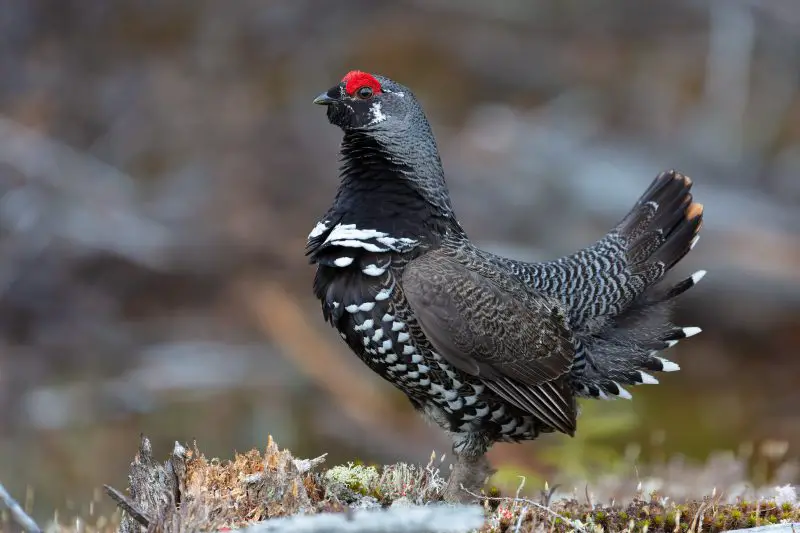
Physical Characteristics and Identification
The Spruce Grouse is a more secretive and elusive bird compared to the Ruffed Grouse. It is slightly smaller, averaging around 15 to 17 inches in length with a wingspan near 25 inches. The male Spruce Grouse exhibits darker plumage, primarily slate gray with intricate white spotting across its wings and belly. Females are more mottled brown, providing excellent camouflage in the dense coniferous forests where they dwell.
One distinct characteristic is the male’s bright red eyebrow patch, which becomes more prominent during the breeding season. Both sexes have feathered legs and toes, an adaptation to cold environments.
Behavior and Habits
Unlike the Ruffed Grouse, the Spruce Grouse tends to be more sedentary and less vocal. It relies heavily on its camouflage to avoid predators, often freezing in place when disturbed. Its diet consists largely of conifer needles, especially in winter, supplemented with berries and insects during the warmer months.
Spruce Grouse do not produce the drumming sounds typical of Ruffed Grouse. Instead, males perform a quieter “soft cooing” to attract females and may engage in wing-flapping displays to establish territories.
Habitat and Range in Maine
Spruce Grouse are typically found in the northern and more boreal regions of Maine. They inhabit dense spruce and fir forests, favoring areas rich in conifers that provide both food and shelter. This species is closely tied to the boreal ecosystem and tends to avoid more southern or deciduous habitats.
Reproduction and Lifecycle
During spring, males become more territorial and display their red eyebrow patches to attract mates. Females build nests on the ground, often hidden beneath dense spruce branches. Clutches usually contain about 6 to 12 eggs, which the female incubates for nearly a month. The chicks are able to leave the nest quickly and begin foraging with their mother.
Fun Fact
The Spruce Grouse is sometimes called the “fool hen” because of its tendency to freeze in place rather than flee, making it easier for predators and hunters to approach.
Willow Ptarmigan (Lagopus lagopus)
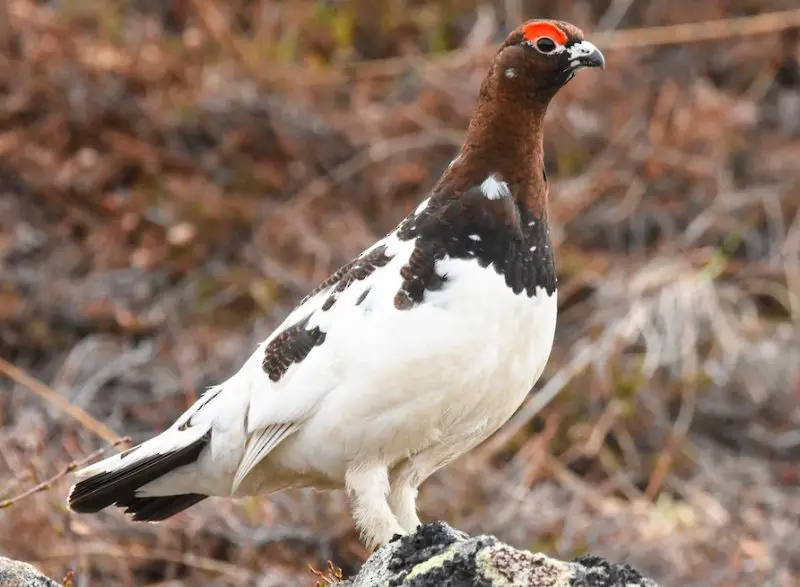
Physical Characteristics and Identification
The Willow Ptarmigan is a remarkable grouse species known for its seasonal plumage changes that provide perfect camouflage year-round. It measures about 14 to 17 inches in length with a wingspan of 26 to 30 inches. In summer, its feathers are mottled brown and gray to blend with tundra vegetation, while in winter, it molts to pure white plumage to disappear into snowy landscapes.
One distinctive feature of the Willow Ptarmigan is its red eyebrow comb above the eye, which is especially prominent in males during the breeding season. Its feathered feet act as natural snowshoes, allowing it to walk on deep snow.
Behavior and Habits
The Willow Ptarmigan is highly adapted to cold, harsh climates. It spends much of its time feeding on willow buds, twigs, and leaves, especially during the winter months when other food is scarce. It is a strong flier but prefers to walk and run through its tundra habitat.
Males establish territories through vocalizations and displays that include tail fanning and wing fluttering. The species is generally quiet outside the breeding season but can be quite vocal when defending territory or attracting mates.
Habitat and Range in Maine
This species is rare and primarily found in the northernmost, subarctic parts of Maine, where tundra-like conditions prevail. Its habitat consists of shrubby, open areas with willows and other low vegetation, often at higher elevations or in bogs.
Reproduction and Lifecycle
During spring, male Willow Ptarmigans attract females with elaborate displays and calls. Females lay about 6 to 12 eggs in shallow nests on the ground, often hidden among shrubs. Chicks hatch precocial and quickly follow their mother to forage for food. The seasonal molt of their feathers allows them to remain well camouflaged throughout the year, enhancing their survival.
Fun Fact
Willow Ptarmigans are among the few birds that change their plumage completely with the seasons, showcasing one of nature’s most effective camouflage adaptations.
Conclusion
Maine’s grouse species are truly remarkable birds that embody the beauty and resilience of the state’s forests and tundra. From the drumming Ruffed Grouse to the secretive Spruce Grouse and the seasonal Willow Ptarmigan, each species offers unique insights into adaptation and survival in northern environments. Whether you are a hunter, birdwatcher, or nature lover, understanding these birds enriches your connection with Maine’s wilderness.
Next time you explore Maine’s forests, listen closely for the drumming of a Ruffed Grouse or watch quietly in the northern spruce woods for the subtle movements of a Spruce Grouse. And if you’re lucky enough to venture far north, you might glimpse the ghostly white Willow Ptarmigan against the snowy backdrop.
FAQs about Grouse in Maine
What are the main types of grouse found in Maine?
Maine is home to three main grouse species: the Ruffed Grouse, Spruce Grouse, and Willow Ptarmigan. Each occupies different habitats within the state.
How can I identify a Ruffed Grouse?
Ruffed Grouse have mottled brown plumage, a distinctive neck ruff, and a broad tail with a dark band near the tip. They are known for their drumming sound.
Where does the Spruce Grouse live in Maine?
Spruce Grouse are typically found in northern Maine’s dense spruce and fir forests, preferring boreal habitats with abundant conifers.
What is unique about the Willow Ptarmigan’s plumage?
The Willow Ptarmigan changes its plumage seasonally—from mottled brown in summer to white in winter—providing excellent camouflage year-round.
When is the best time to hear a Ruffed Grouse drumming?
Ruffed Grouse drum mostly during early spring, especially at dawn and dusk, as males establish territories and attract mates.
Are grouse in Maine game birds?
Yes, Ruffed Grouse and Spruce Grouse are popular game birds in Maine, attracting hunters during regulated seasons.
How do Willow Ptarmigans survive harsh winters?
Willow Ptarmigans have feathered feet acting like snowshoes and change plumage to blend with snow, helping them survive cold, snowy conditions.

